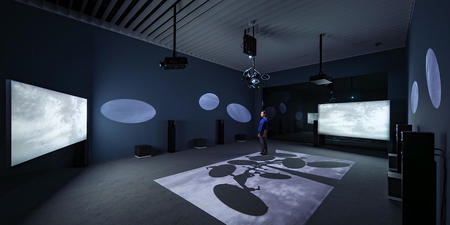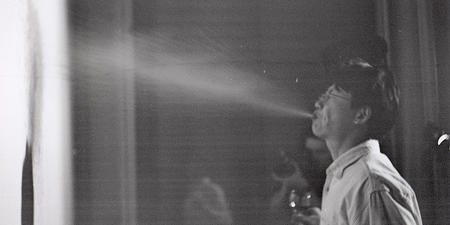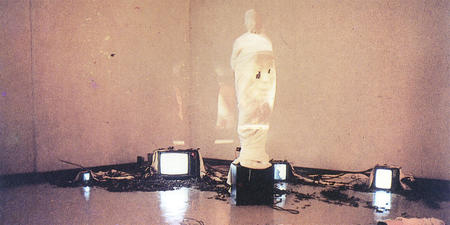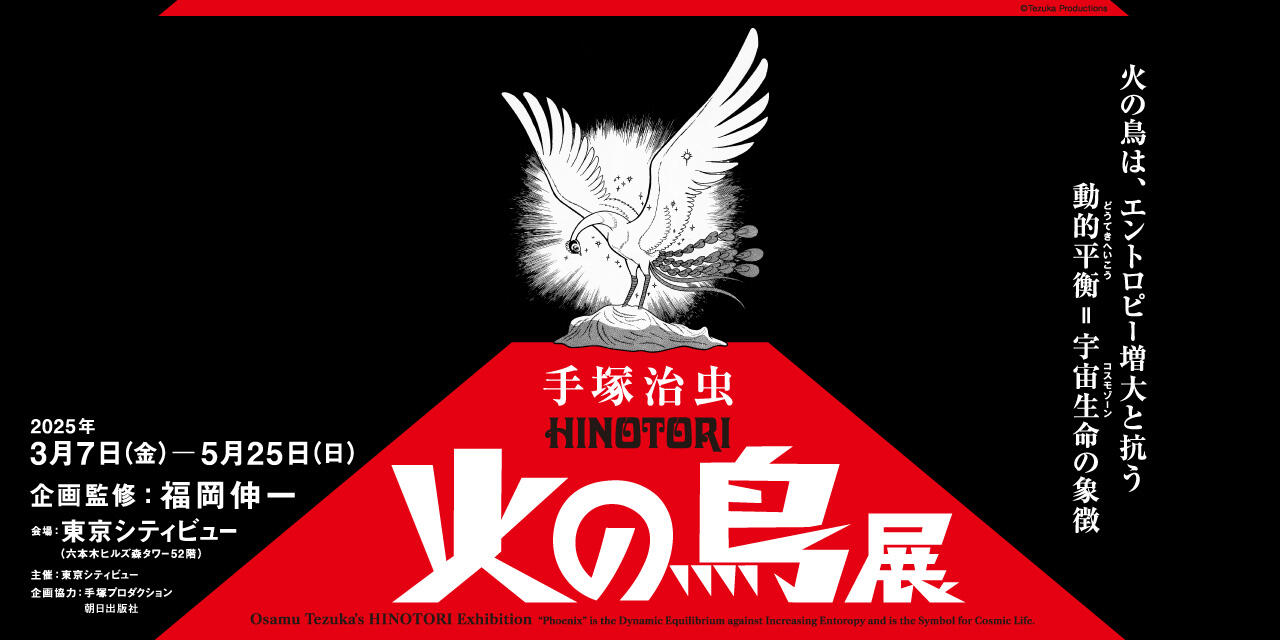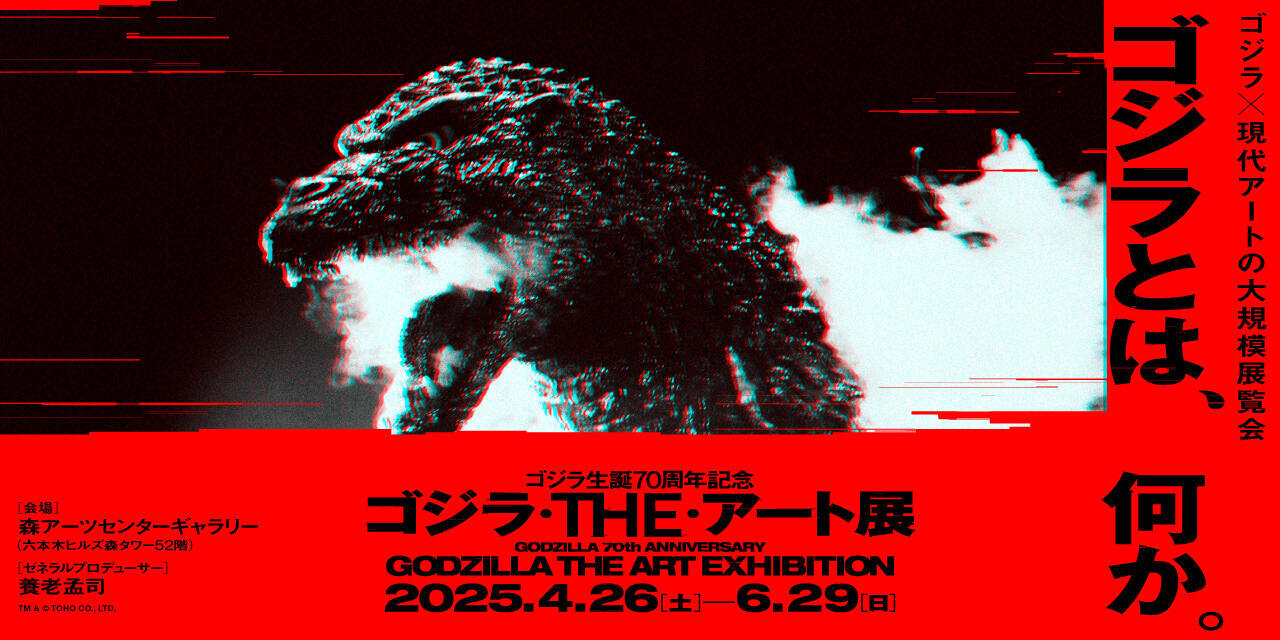What Is “Afro-Mingei”?
“Afro-Mingei” is the manifestation of a new creative ideology wherein Theaster Gates imagines the artistic possibilities of combining Black aesthetics and Japanese craft philosophies to envision hybrid-culture futures. It traces his long-established and enduring relationship with Japanese, Chinese and Korean ceramic histories, conceiving of an artistic and intellectual invitation that considers Black political movements alongside Japanese craft resistance. In addition, “Afro-Mingei” also is a reflection on two very important movements - the “Black Is Beautiful” movement of the United States and the Mingei movement of Japan - both of which used public spectacle, academic debate, and propaganda as tools of self-empowerment when cultural independence was under threat by external and dominant forces of Modernity and Western assimilation.
For Gates, “Afro-Mingei” is a fiction yet a deep truth. As the culmination of this project to date, staging a show in the country that gave birth to the Mingei movement so influential in Gates’ art is an homage and testament to the ways that culture proliferates in a country, in the world, and between cultures.

Storefront Sign
2018
Neon
114.9 x 114.9 cm
Courtesy: White Cube
Photo: Theo Christelis

Storefront Sign
2018
Neon
114.9×114.9 cm
Courtesy: White Cube
Photo: Theo Christelis
Keys to Understanding “Afro-Mingei”
1. What is “Afro”?
The prefix Afro- that more broadly means “African” (as in Afro-Americans, for example), refers to the hairstyle that gained popularity as a symbol of Black identity and empowerment during the years of the civil rights movement in the US.
2. Nameless craftsmen and neglected materials in Mingei
The term Mingei was coined by religious philosopher and art critic Yanagi Soetsu a.k.a. Yanagi Muneyoshi (1889-1961) alongside like-minded associates such as potters Hamada Shoji and Kawai Kanjiro, and refers to folk crafts produced by nameless artisans. Yanagi saw Mingei, born out of the tapestry of art, philosophy and religion that comprises traditional Japanese culture, as harboring “a singular beauty absent from conventional notions of art and aesthetics.” Mingei finds true beauty not in the output of individual artists, but in works created in artisans’ innocence, or items used by people as part of their day-to-day routines.
3. Hybridity of “Afro” and “Mingei”
Gates’ works in the exhibition translate ideologies of Blackness that emerged out of a collective consciousness developed by African-Americans in resistance to, and as survival from the preexisting, often oppressive, American consciousness. Utilizing his predisposition to what can be called a ‘double consciousness,’(* 1) Gates allows these objects to thrive in new cultural contexts where experimental binaries can be reimagined through “Afro-Mingei.” Audaciously combining African craftworks and symbols of a deeply-layered Black American consciousness such as the Hammond B-3 organ - which is an allegory for the spiritual and political refuge sought by the Black community during times of racial tension and often used in Pentecostal and Baptist churches - with Japanese ceramics and ritual objects such as tea, incense and sake wares, Gates attempts to honor these generational crafts and create new cultural value.
* 1 The idea of ‘double consciousness’ was first introduced by W. E. B. Du Bois (1868-1963), an African-American intellect and civil rights activist in his book The Souls of Black Folk (1903).
4. Multiple origins seen in his ceramic works
Over the years, Gates has presented ceramic works from multiple perspectives. An important early project concerned “Yamaguchi Shoji,” a fictional ceramicist who traveled from Japan to the US state of Mississippi. The pieces by Yamaguchi, who married a Black woman and melded Japanese pottery and African-American expression, were all creations of Gates himself. His other works of ceramic art show the influence of the enslaved potter David Drake (c.1801-1874), American ceramic artist Peter Voulkos (1924-2002), and the diverse history of Japanese ceramic art. Often products of this hybrid background, Gates’ pottery pieces offer a vital medium for the interpretation of “Afro-Mingei.”
5. Collaboration and community
Gates’ community revitalization projects on Chicago’s South Side are meant to revive old buildings as a demonstration that there is life within forgotten spaces and to create new hubs where people can meet, mingle and collaborate. Yanagi stated that in Mingei, “one may witness a world of true cooperation,” and also wrote that in most cases, this did not come about without the help of local people, and that “one cannot expect proper craft from a social structure in chaos.”(* 2) Gates’ projects, which could also be described as social contribution through creativity, echo and resonate with this idea.
* 2 Yanagi, Soetsu. Kogei no michi [The Way of Crafts] (Tokyo: Kodansha Gakujutsu Bunko, 2005), pp. 54-55.



